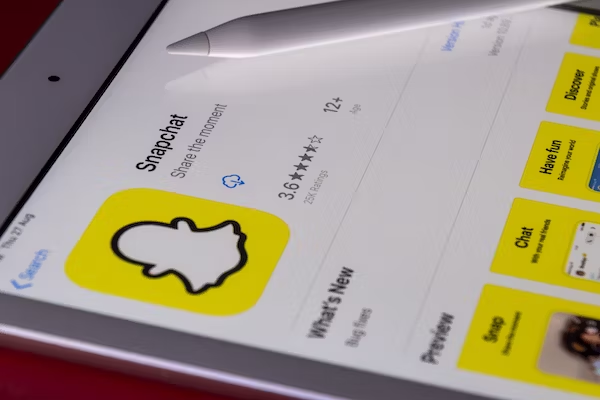Last Updated Date: Jan 19, 2024
Frequent Windows computer crashes can be extremely inconvenient. This is related not just to the difficulty of determining how to see why my computer crashed but also to the difficulty of recovering lost work or data after a Windows crash. After your Windows computer crashes, file recovery may be the only way to recover data or dramatically reduce losses.
Are you looking for methods to recover data from crashed computer? Don’t worry! This post is here to assist you in figuring out why your computer crashed and in recovering lost data after Windows PC crashes. Let’s dive into it.
Why My Computer Crashes?
A computer crash is a major computer issue that can cause computer software to crash unexpectedly, the operating system to stop working, or even the computer to fail to boot. In general, pc crashes can result from an error in the operating system or a conflict with other programs. Below are the specific reasons you can consider when the computer crashes unexpectedly.
- Corrupted operating systems like Windows
- Messy files
- Malicious software
- Limited available disk memory
- Device driver breakdown
- Power surges are faulty
- Hardware problems like overheating, hard disk damage
- Faulty BIOS (Basic Input Output System) Settings
Is it Possible to Recover Data from a Crashed PC
After realizing data got lost during the process of computer crashes, you may doubt whether your data can be recovered after the Windows crashed, the truth is that it is possible to recover data from a crashed PC as many computers crash because of hardware issues like power failures or operating system errors. The principle of data recovery is based on the status of your hard drive. If it’s healthy, and your deleted data is stored on the memory blocks of the hard drive, it’s likely to bring lost data back from a crashed computer.
How to Recover a Crashed Computer?
Method 1: Boot to the Last Known-Good Configuration to recover crashed computer
It is a helpful recovery solution that comes standard with all Windows editions. The “Last Known Good Configuration” is accessible when the system can’t boot for several reasons. The “Last Known Good Configuration” is simply a backup of Windows Registry components from a previous backup. You’ll see when and how to use “Last Known Good Configuration” on Windows 8. You’ll also learn how to restore inaccessible data if the computer continues to fail to boot.
- Turn on the system.
- Press F8 when the message “For troubleshooting and advanced startup options for Windows, press F8” shows.
- Select the Last Known Good Configuration option and wait for the computer to restart again.
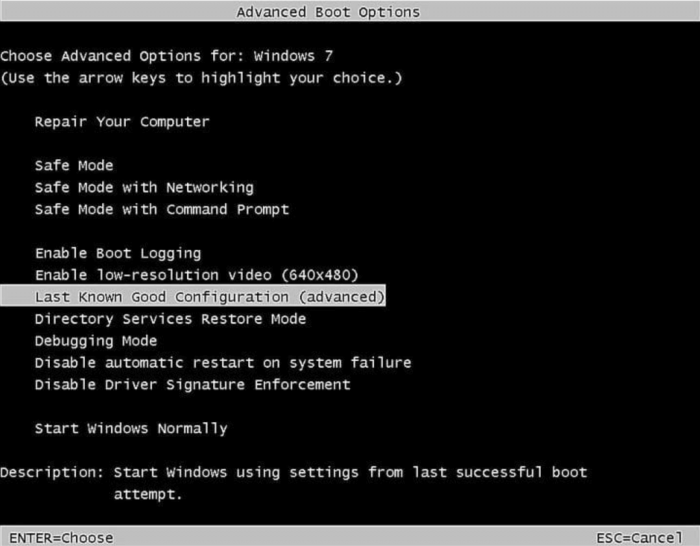
❗❗NOTE:
- Only use this approach if the system does not boot correctly after making any changes.
- Safe Mode has replaced the Last Known Good Configuration in Windows 10 and 11. So if you are on Windows 10 or 11, see the next method.
Method 2: Use Safe Mode to make crashed PC function well
In Windows-based systems, Safe Mode is a critical diagnostic mode that assists you in booting up your computer. When Safe Mode is on, the operating system loads just only the default drivers and apps, which aids in preventing system crashes caused by corruption, driver difficulties, and so on.
👇Below are the steps to boot into Safe Mode:
- Turn on your computer and keep pressing F8 (“F8” may vary depending on the manufacturer) until the Windows logo shows.
- Select Safe Mode when the Advanced Boot Options window appears.
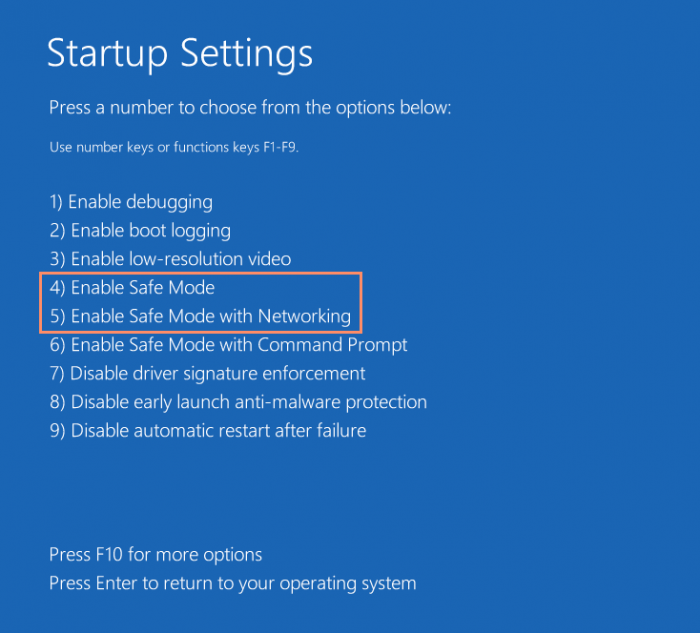
- Turn down and restart the computer, then check to see if the computer is back to function.
Method 3: Use a Hard Drive as an External Assisting Device
If your computer won’t boot up, and you are worried about losing your files, you can remove the hard disk of the malfunctioning computer and use it as an external device. Then follow the steps below:
- Step 1: Connect the hard disk from the problem computer to another functional computer. Use a hard disk connector, such as a SATA-to-USB converter or an external hard disk case. Connect the hard disk with an appropriate connector if your computer supports the PATA/IDE 3.0 interface.
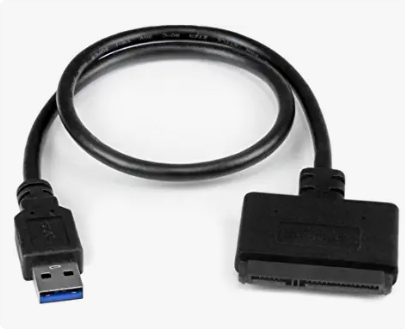
- Step 2: Open disk management. If the system detects a hard disk but displays it as RAW, assign it a drive code.
- Step 3: Right-click the linked drive volume and select Properties.
- Step 4: Choose the option “Change Drive Code and Path…”
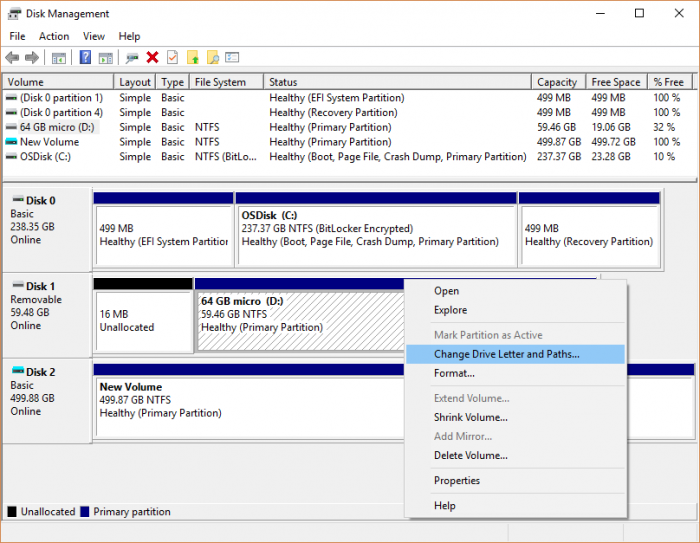
- Step 5: Select the drive letter from the drop-down list after clicking add and click OK, then the drive will show in the File Explorer.
- Step 6: Then you can copy the files into the working computer.
How to Recover Lost Data after Windows PC Crashes?
Method 1: Use BIOS utility to recover files from a dead computer
BIOS (Basic Input Output System) is a important program stored in a small memory chip on the motherboard of the computer. BIOS manages data flow between the computer’s operating system (OS) and devices such as hard disks, video adapters, mouse and keyboard, printers, and the Power-On Self-Test (POST). When the computer boots up, it is the first program to run.
The system is not always entirely dead. It simply will not boot due to faulty or damaged system files, malware infections, software failures, or missing DLLs. You can recover your data by utilizing the BIOS application that is on your system. Please follow these steps:
- Step 1: Download the recovery BIOS file from the motherboard manufacturer using another device. If you are unsure of the model number, consult the PC manual handbook or look for the model number on the case.
- Step 2: Copy the BIOS file to a blank USB device and connect the USB device to the damaged computer.
- Step 3: Check your motherboard handbook for instructions on how to enter BIOS recovery mode. If you have a desktop computer, you may need to open its case to access the physical motherboard for switching motherboards because some motherboards contain a flip switch.
- Step 4: Turn on the computer. The BIOS will restart and update itself. Allow a few minutes for it to finish.
- Step 5: When the BIOS recovery process ends, the computer will shut down. After pulling out the USB device and resetting the BIOS configuration flip switch, you can close the computer case and restart the computer until you can access Windows and your data.
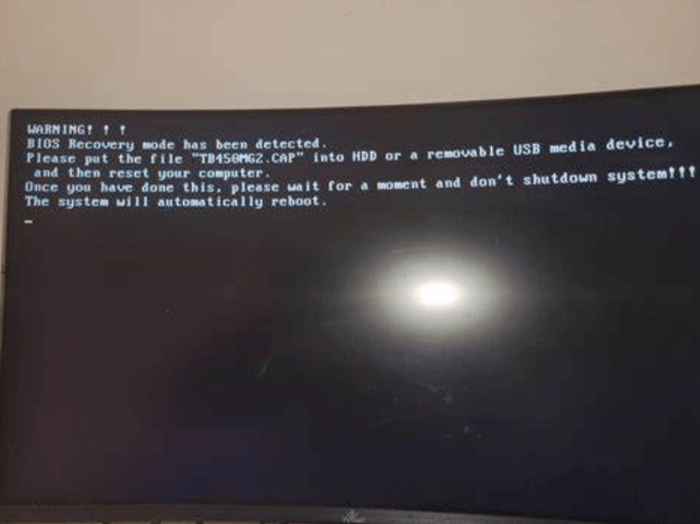
Method 2: Use third-party data recovery software to bring lost data back
If you try to fix your system when it fails to start, you may lose important data in the process. And you have tried the solution mentioned above and failed to recover lost data, you may try to use an effective data recovery software, ONERECOVERY, which allows you to recover files from crashes or unbootable computers.

In only three simple steps, skilled data recovery services can have your data back in your hands:
- Step 1: Download and launch ONERECOVERY on your desktop.
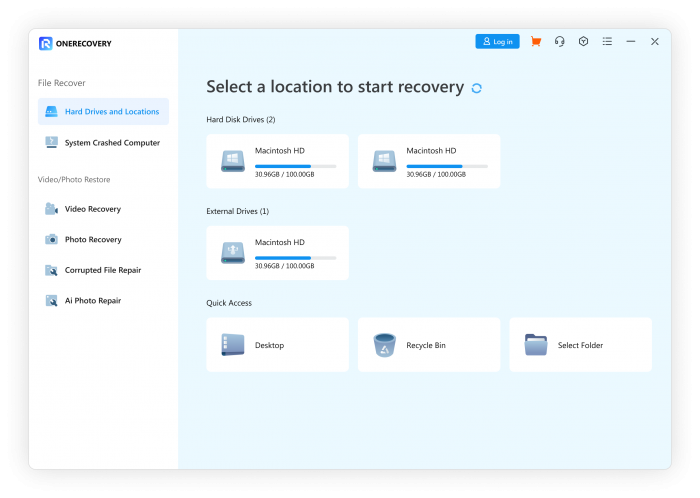
- Step 2: Select the location(such as C or D drive) to start the scanning.
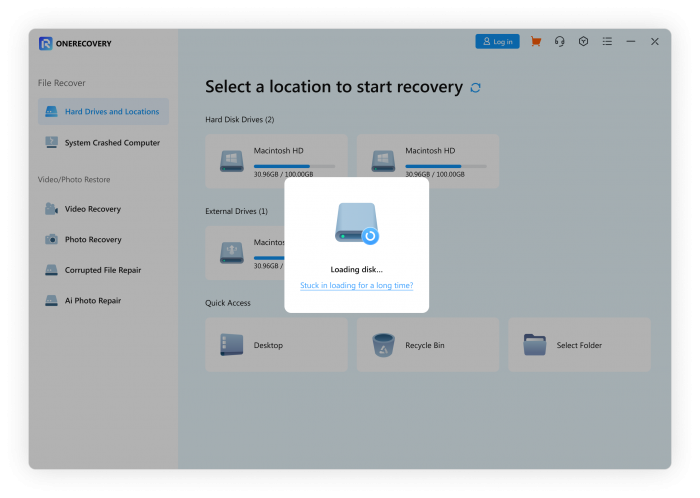
- Step 3: Preview the scanned result and recover the files you need. (You can also filter the result by tapping the file type to be more efficient.)
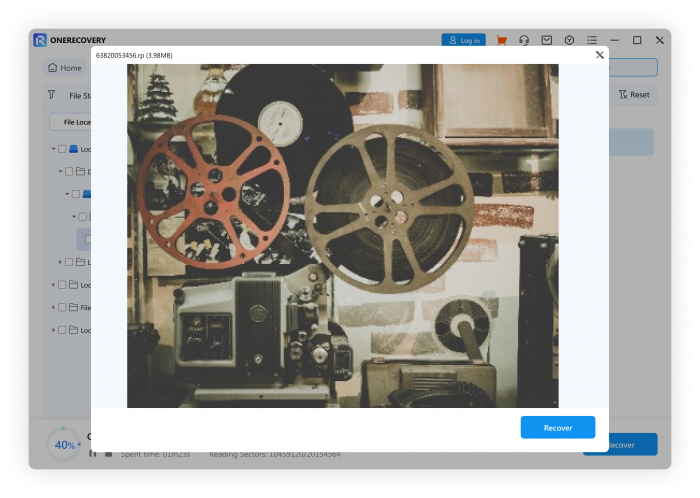
🌟More benefits of using professional data recovery software
- The recovery success rate is guaranteed as high as 90%.
- It can deal with many recovery solutions like recovering data from formatted partitions and damaged hard drives.
- The whole process is safe and straightforward, even the tech novice can use it smoothly.
Useful Tips to Prevent Computer Crashes
- Make sure to delete files that you don’t need, unnecessary files, and cookies often. On a regular basis, the system should be defragmented.
- Do not run too many programs at once.
- Make sure you have enough space on your hard drive.
- Keep the virus protection software up to date.
- Update the operating system and patches to the most recent version.
- Surge protectors should always be used.
- Do not open emails or files from strangers.
Wrap Up
In this post, we have demonstrated 3 solutions to recover a crashed Windows computer and 2 solutions to bring lost data back after the PC crashes. Remember the tips we have mentioned above to prevent further computer crashes.
I’m a tech enthusiast specializing in computer repair and data processing. Outside of fixing gadgets, I love penning articles on computer science. Currently, I’m diving deep into AI and data recovery tech. I’m all about staying on top of the latest in these fields. Excited to bring my passion and skills to the table and collaborate on cool projects!






